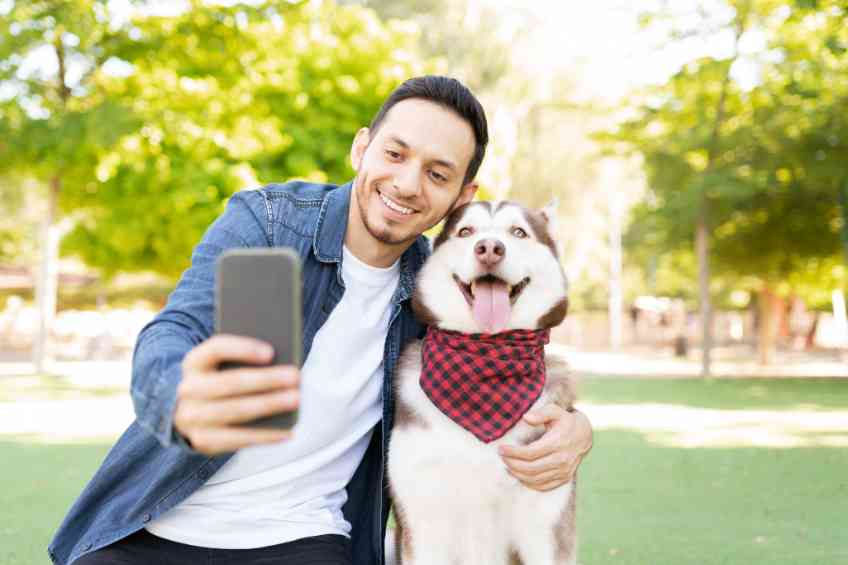By John Salak –
In case it was ever in doubt, dogs can read human emotions, body language and facial expressions just like people. Obviously, pooches are different from humans and primates, but their like-minded ability to read facial expressions and body postures springs from their temporal lobe.
The results of a study by the University of Vienna offer new insights into how dogs and humans perceive each other and their environment, while also confirming that the temporal lobe plays a central role in social communication and perception in both. The work also demonstrates how two different species—humans and dogs—that co-existed for extended periods adapted similar traits in response to similar selective pressures.
Humans and primates have regions in the temporal lobe that specialize in perceiving faces and bodies. Behavioral research has recently shown that dogs, like humans, are also adept at perceiving facial expressions and bodily gestures such as hand signals but weren’t sure why. The Austrians stepped in to find out.
“Whether this behavioral expertise is also reflected in the dog brain was the content of our study. Only a few research groups can conduct comparative magnetic resonance imaging studies with dogs,” explained the study’s first author Magdalena Boch.
The process involved developing training protocols to gradually accustom the dogs to the MRI environment without sedation or restrictions. The study, which included 40 human participants and 15 pet dogs, unveiled the first evidence that dogs, like humans, have temporal lobe regions that specialize in the visual perception of body postures.
The researchers also discovered that other regions in the dog brain are equally involved in perceiving faces and bodies. Unlike humans, however, this did not only affect visual brain regions. When dogs look at faces and bodies, there are also differences in activation in areas responsible for processing smells.
“We humans often focus on the face when communicating with others. Our results suggest that faces are also an important source of information for dogs. However, body postures and holistic perception seem to play a superior role,” explained Magdalena Boch, one of the research leaders.
The specialized brain regions were equally active in dogs when they looked at pictures of conspecifics or humans. This revelation underscored the close bond between dogs and humans, which has evolved over time.
“Dogs and humans may not be closely related, but they have been close companions for thousands of years. Therefore, comparing dogs and humans also gives us new insights into the so-called convergent evolution of social perception and information processing processes,” co-leader Claus Lamm concluded.
Little wonder that dogs are man’s best friend.













